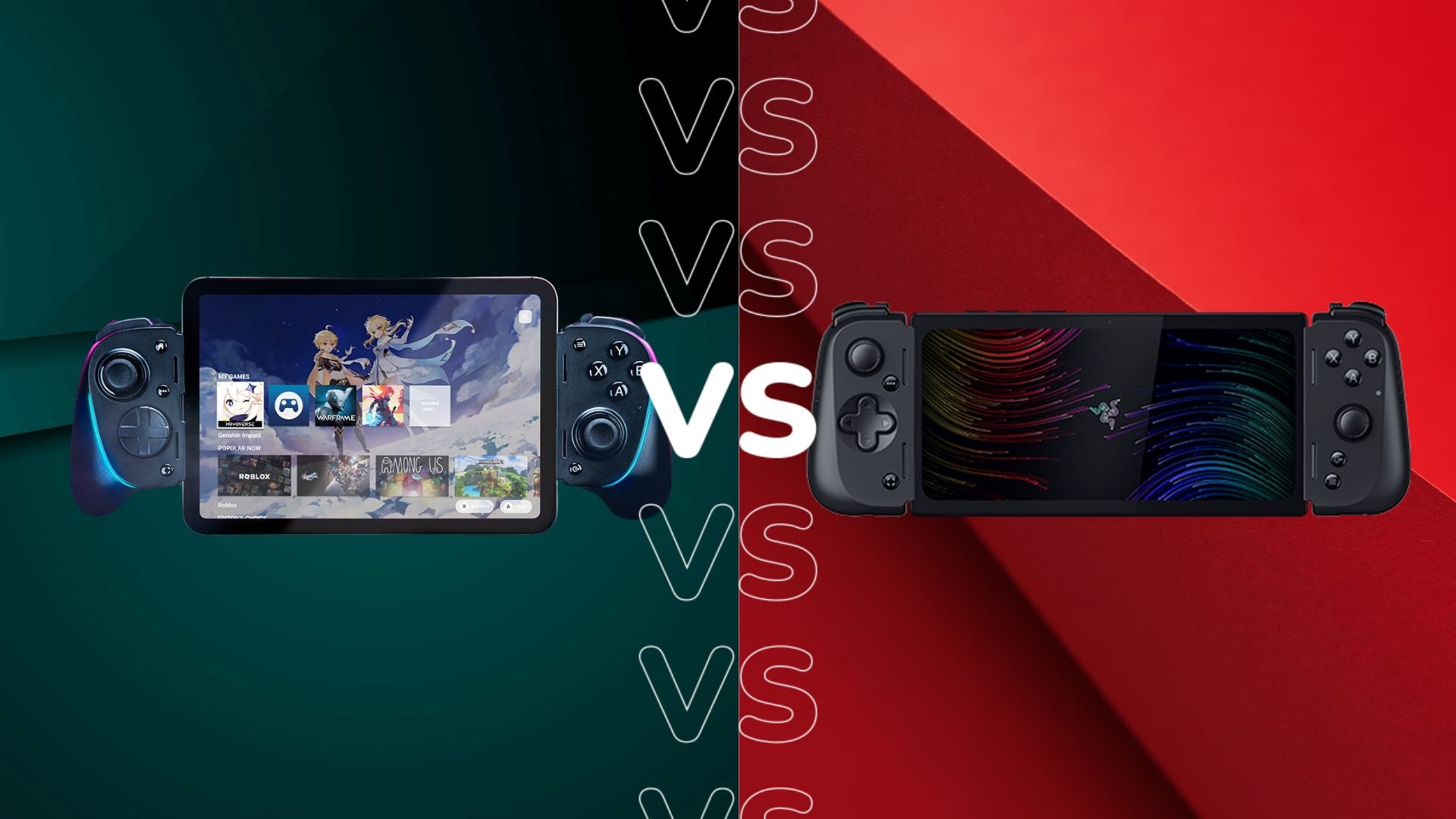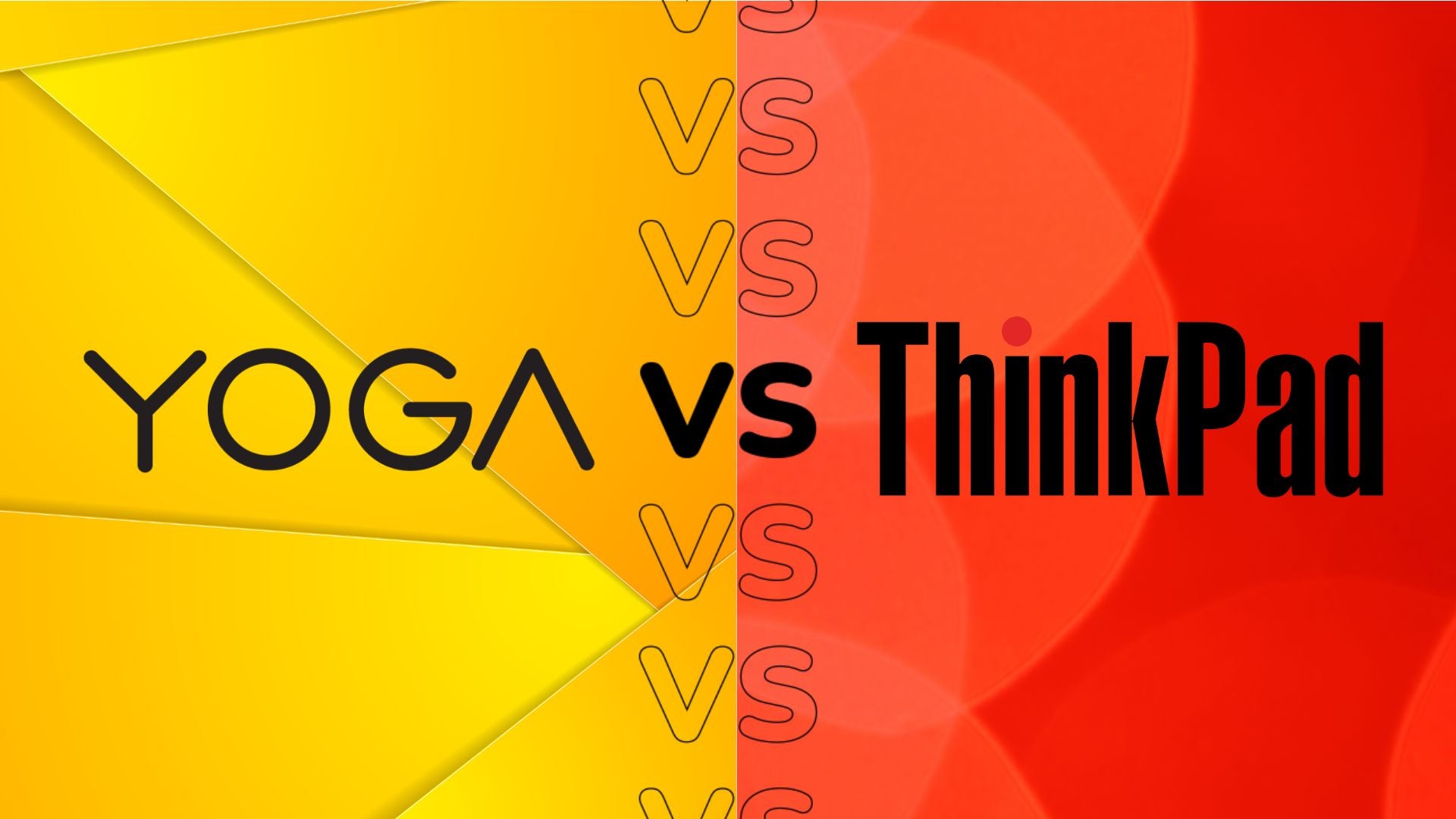Huawei P60 Pro vs P50 Pro: What’s the difference?
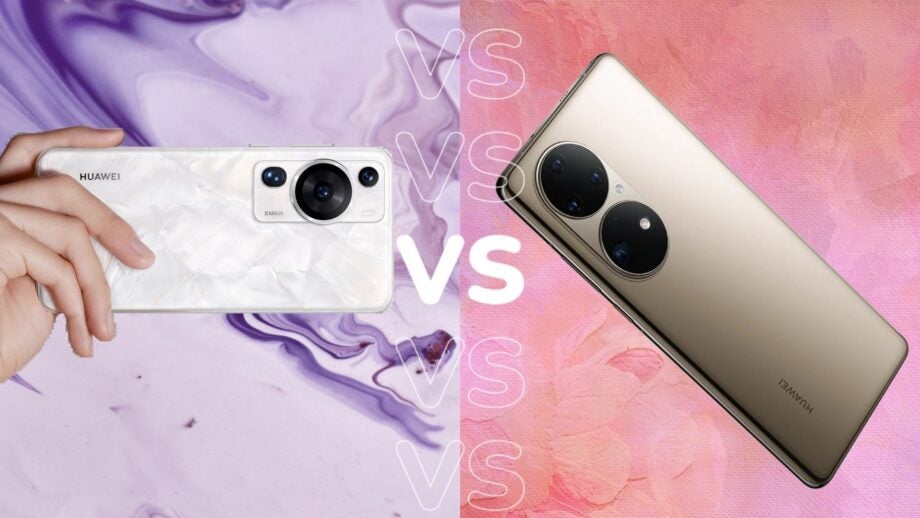
Huawei recently added another entry to its phone lineup with the release of the P60 range, which includes three new handsets.
The latest Huawei P60 Pro handset was officially unveiled in China in March before its international launch in May. We know that the P60 Pro starts at £1199/€1199 with a healthy 256GB of storage and 8GB of RAM, while you can also opt for the top-end model with 512GB of storage and 12GB of RAM, though that’ll set you back £1399/€1299.
We’ve already picked apart how the latest Huawei P60 Pro stacks up against the P60, but how does it fare against its predecessor, the Huawei P50 Pro? We’ve broken down some of the key differences between these flagship handsets so you can get a better idea of if newer really is better.
The P60 Pro has a 120Hz adaptive refresh rate
Both the P60 Pro and P50 Pro feature impressive displays with similar specifications, but the latest handset may edge out its older sibling thanks to the inclusion of an adaptive refresh rate. In a nutshell, adaptive refresh rates allow the display to alter how fast the screen will refresh itself depending on what activities you’re engaging in. A higher refresh rate is better when you’re scrolling through apps and watching media, while a lower refresh rate helps to conserve battery during less intensive tasks.
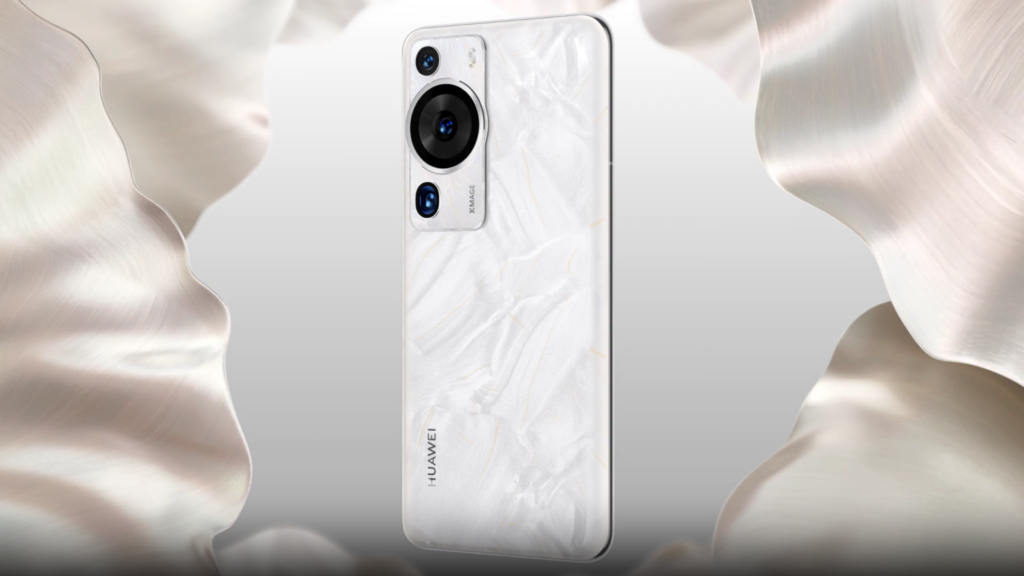
The P50 Pro does have an adaptive refresh rate of up to 120Hz, but Huawei has not detailed how low it can go. The P60 Pro can adjust from 1Hz to 120Hz, suggesting that it can go lower than its predecessor, making it better able to conserve battery while still looking smooth and clean while scrolling and watching media.
More cameras on the P50 Pro
The P50 Pro packs an impressive camera array; there is a 50MP main sensor, 13MP ultra-wide sensor, 64MP telephoto sensor and another 40MP sensor. We thought that the image quality was great, with the main camera coming out as particularly strong.
We did note that colour accuracy could be off the mark when shooting with the ultra-wide and zoom cameras, with grass exclusively looking too green. However, it was more than serviceable for most use cases, with the filters also helping to alleviate any colour problems you may encounter.
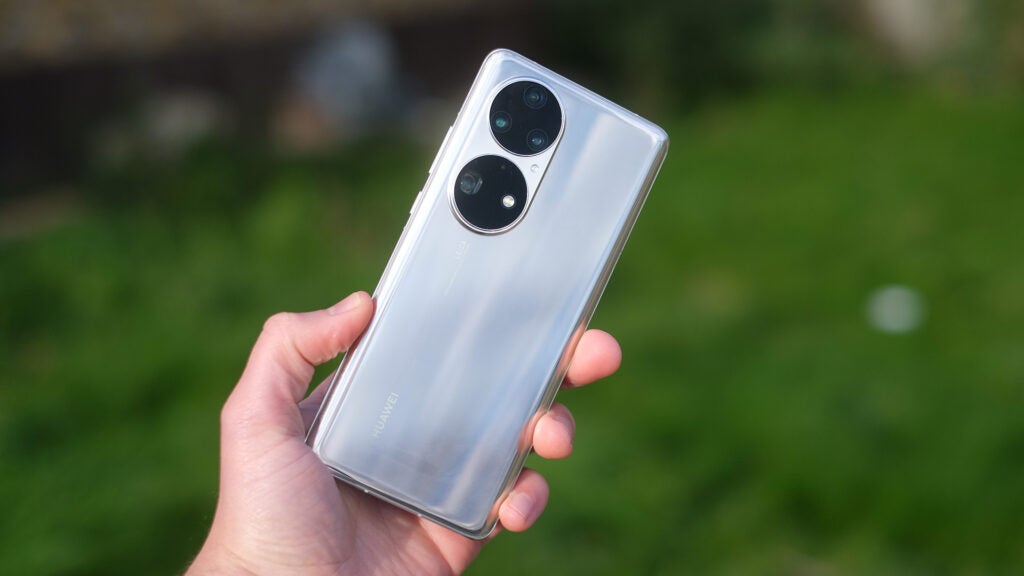
The P60 Pro comes with three cameras, including a 48MP main camera, 13MP ultra-wide sensor and a 48MP telephoto sensor. Huawei claims that the telephoto camera can capture pristine images no matter the distance, with the main camera boasting an F1.4-F4.0 auto-adjustable physical aperture which should improve portrait-style photography and be helpful in low-light environments.
Until we review this handset in full we can’t make any definitive comments about the camera quality; if the P60 Pro can better capture colour, it may be the better option when compared to its predecessor.

Galaxy S23 Ultra Unlimited Data deal
Now’s your chance to get one of 2023’s best flagship phones with plenty of data on a well-priced contract.
- Mobile Phones Direct
- £39 upfront
- Only £57/month
Snapdragon 8 Plus Gen 1 vs Snapdragon 888
The P50 Pro comes packed with the Snapdragon 888 4G chipset, which features an Octa-core CPU and Adreno 660 GPU. This chipset was outdated when the phone launched last year, but it was able to run Fortnite without too many issues during our testing. Real-world use was serviceable, however, there is no 5G support available, which we thought lowered the phones appeal.
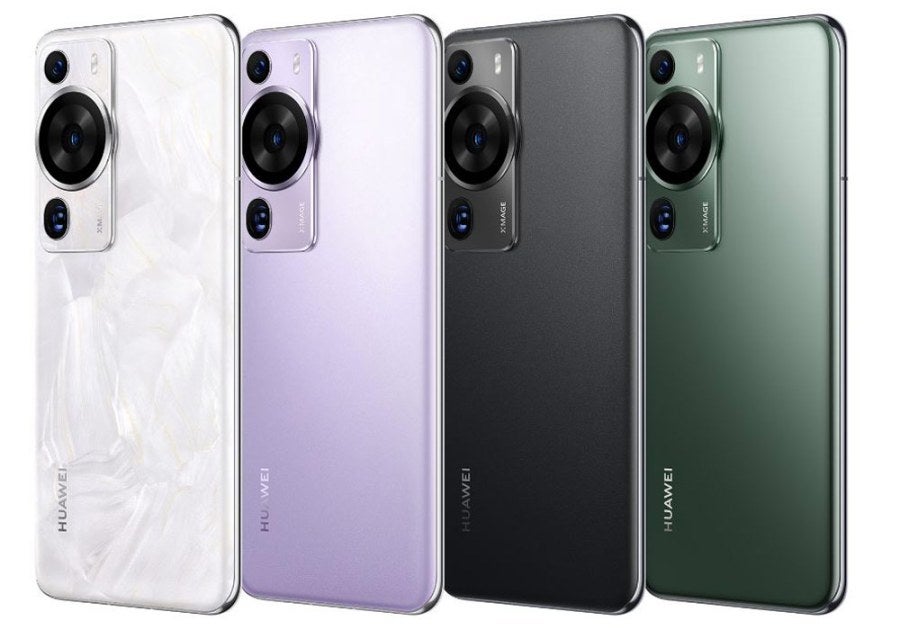
The P60 Pro comes with the latest Snapdragon 8 Plus Gen 1, which is also now outdated since the release of the Snapdragon 8 Gen 2 at the end of 2022. Huawei has not made too many claims about its performance, but it seems likely that it will provide a smoother performance than the P50 Pro due to its boost in CPU and GPU performance, as well as the new AI features.
The P60 Pro comes with 88W charging
Both handsets utilise Huawei’s SuperCharge technology, which should allow for faster charging speeds than a standard charger. The P50 Pro comes with a 4360mAh battery and supports a max of 66W. We found that it took 17 minutes to charge it up to 50%, with a full charge taking 45 minutes.
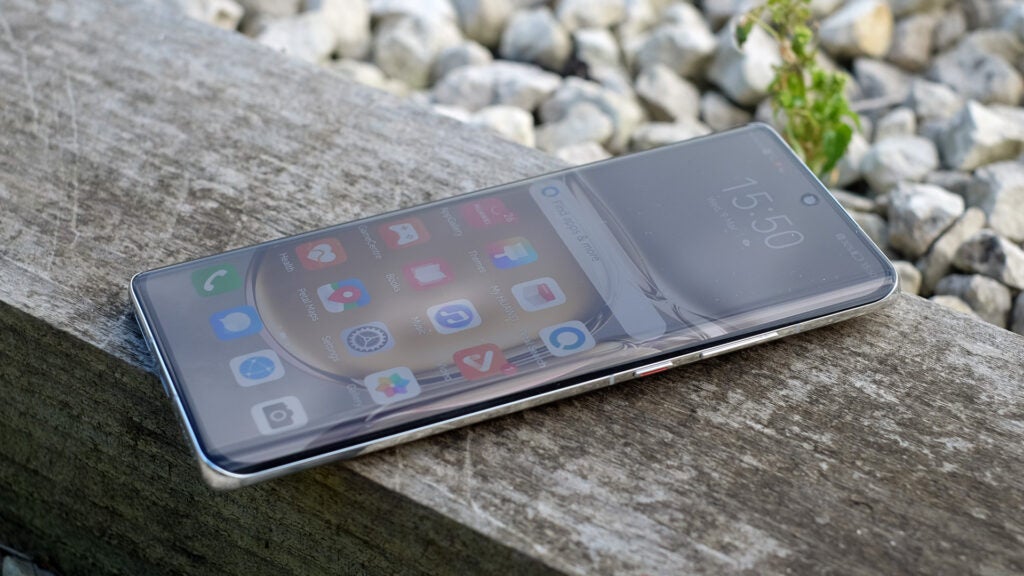
The P60 Pro packs a slightly larger battery, at 4815mAh, but supports an 88W charger. While we haven’t been able to test out how long this takes to charge up the phone, Huawei claims that it takes just 10 minutes to reach 50%. This may make it better suited than the P50 Pro for those who prioritise battery life on a handset, with the larger battery meaning that it should also last longer during day-to-day use.





